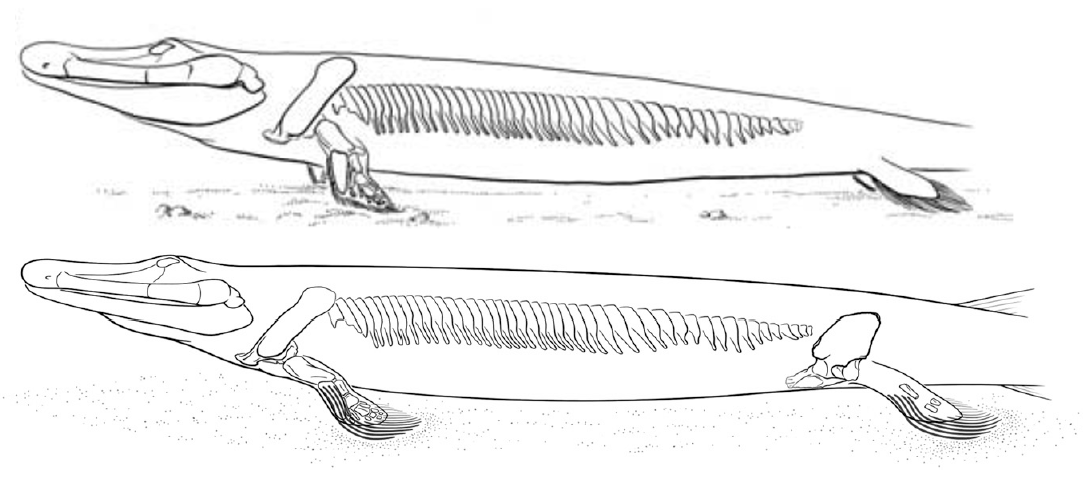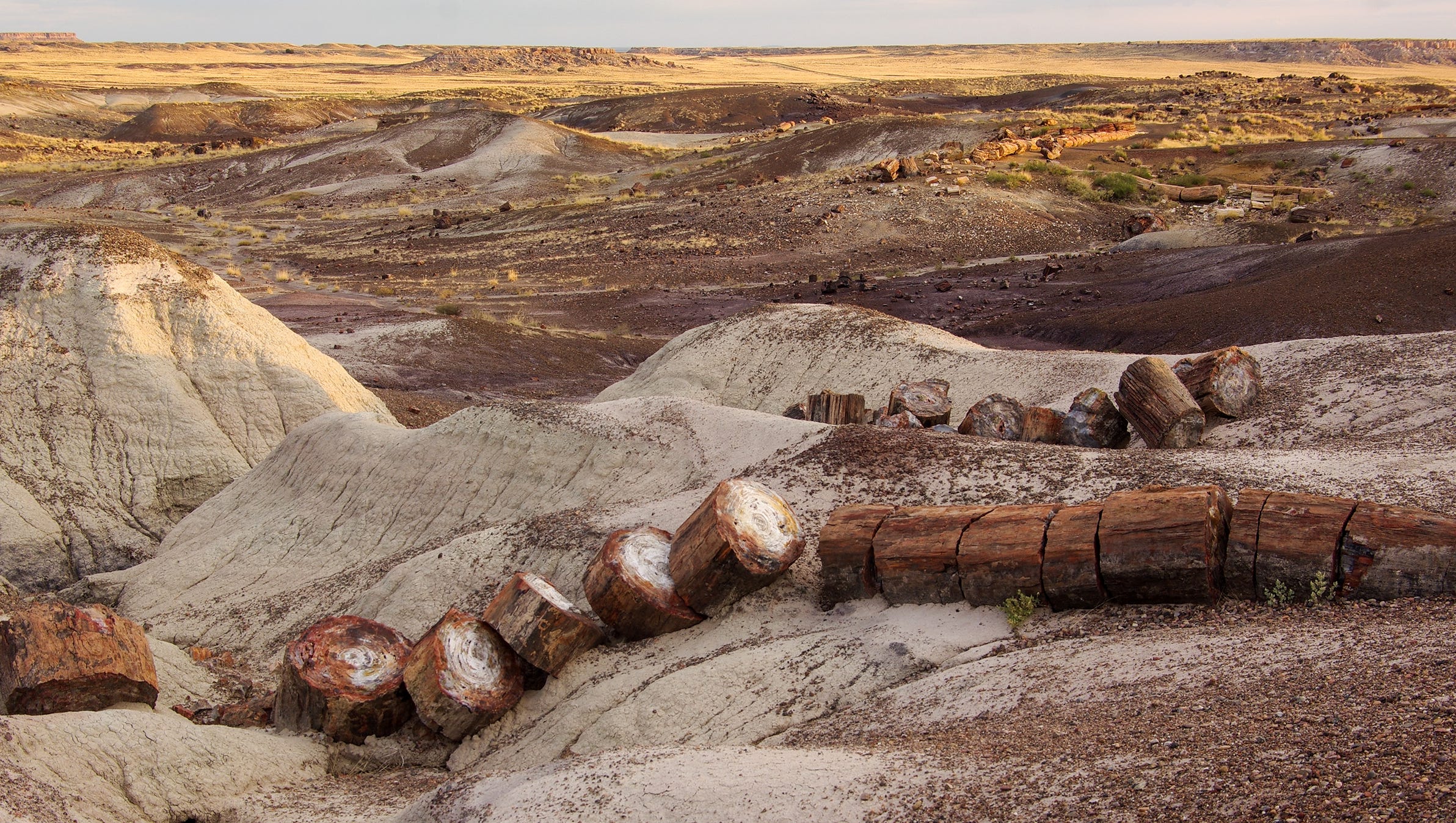Yorzhik said:
Admitting the machinery of life isn't simple should make you question the ability of random changes to build such machinery the more complex we discover it to be. And adding epigenetic factors isn't magic that makes the system simpler, it's an added layer of complexity that should make you question random changes+natural selection.
I don't see any reason to say a complex system means random changes are worse than a simpler one. The complex system has a lot more redundancy and can tolerate a lot more noise and damage than a simpler one.
I think that's why your simplified models of DNA function don't work.
You didn't even address the comment. The comment wasn't whether one could more easily mutate a simpler system or a more complex system to death. The comment was whether it was easier to build a system via mutation+NS that was simpler or more complex. It should have been obvious to you that the more complex system is harder to build. And not only is the system more complex the more we look into it, but you are adding system redundancy to the system making it even MORE complex. And don't think systems outside of and interacting with DNA are going to make the system simpler... 'cause it will make the compete system even more complex.
At least you should question, or have a modicum of curiosity, as to how random mutation+natural system can accomplish that.
But instead of looking into it, biologists like you repeat the dogma of similar looks and similar function. While biologists like Michael Behe and Stephen Meyer look at the molecules and show you how it can't be done.
Yorzhik said:
You mean they only appear after a certain rock layer? How do they determine what timeframe that is?
The simplest way is to know that the rocks on top are older than those on the bottom.
To cross date obviously scientists use radiometric methods or using electromagnetic field reversals.
I'm sure you meant those on the bottom are older.
You said "Do you really think scientists are dumb enough to think those represent ages? Or ever thought that?"
So are you saying scientists are dumb or that "those" is a pronoun that refers to something no one is talking about?
I haven't really said anything about epigenetics up till this point so I'm not sure where you're getting it from. Epigenetics don't make new functions, pretty much by definition.
I only mean control systems outside DNA. It's something we have to pay attention to if we are going to try and model how well random mutations+natural selection can build increadibly complex DNA systems (with redundancy!).
HOX genes are universal to all bilaterian animals, that much is a fact. They are used in slightly different ways in different organisms and show many rounds of duplication, depending on the organism.
Intuition should tell you that building these HOX genes has to be somewhat specific. Aren't you curious how this is a problem for RM+NS? Common descentists don't ever address this.
Ray finned fish actually have more copies of HOX than we do. Got a good explanation for that?
There's a few explanations. Broken copy systems, or us not understanding enough about HOX genes to see how that kind of design change can help function. Perhaps something else. Why do you think that's a problem for the YEC model?
What other reasons is there for the eyemaking protein, for such radically different eye types to be cross functional? Especially when many other proteins are not.
You keep bringing up systems like this as if it's a problem for the design model. It worked, therefore it was used repeatedly. And if it wasn't, you'll have to get into the designers head as to why they would do something one way when your idea is that they should have done it another. It's a philosophical argument. I'd love to get into philosophical arguments why universal common ancestry is wrong, but science is enough to show common descent is wrong.
Circular DNA isn't just looks. It radically changes how the DNA functions and replicates. Circular DNA eliminates the end replication problem that Eukaryotic chromosomes have. Mitochondria and chloroplasts don't just look like bacteria, they still behave like bacteria.
Similar looks or functions is still a subjective measure on what "descended" from what.
Flood layers are easily identified by graded bedding. We don't find one giant flood layer of graded bedding world wide.
You have to be kidding me. You are this ignorant of every flood model? You think the world just sat in water for a year? That's essentially what you'd have to think to say this.
Yes some sediment layers were deposited rapidly, but others weren't. And many layers reflect *different* deposition conditions.
So when you say rapidly, what kind of timeframe are you talking about and what is the difference in layers that tells you what was laid fast and what was laid slow?
I can see that where I live, there are many layers of limestone (not a flood layer), which is overlain by sandstone (not a flood layer) and if you go farther south you can find the underlying eroded granite (also not a flood layer).
How does one get a limestone or sandstone layer that isn't laid down by water?
Did you find that sediment map? I bet you didn't.
Oh, and granite seems to be the rock that was the foundation of the continents before the flood happened.




